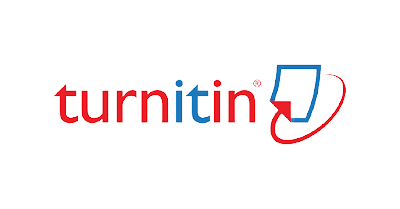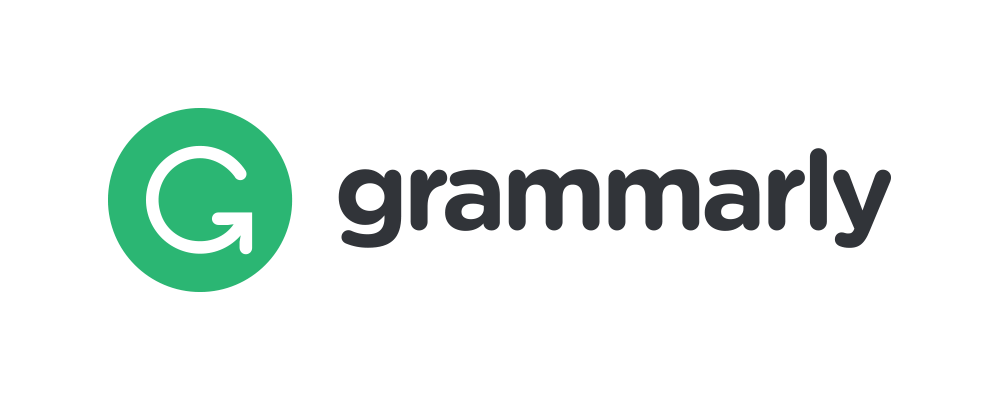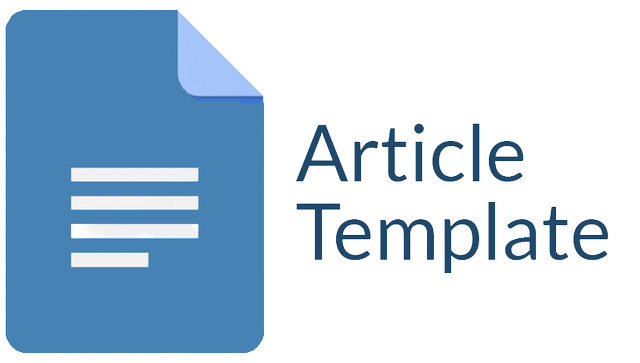OPTIMALISASI PERAN PENDIDIK PAUD DALAM PROGRAM PERCEPATAN PENURUNAN STUNTING DI KOTA SURABAYA
Abstract
This research is motivated by the urgency of the generation of healthy children in facing the digital era. The purpose of this study was to describe the role of PAUD educators in the acceleration program for stunting reduction in Surabaya City. This research uses library research method by collecting several sources of literature obtained from national and international journals, books, and some relevant research results. After the library data has been collected, the authors arrange and sort the data into new findings or new sources of information. The results of this study show that the role of PAUD educators has a very strategic and important role in (1) Counseling on the importance of the first 1000 days of life (HPK) for children from the womb to birth, even in the growth and development period; (2) Counseling on the dangers of stunting and how to prevent it to pregnant women, breastfeeding mothers and parents who have early childhood; (3) Providing facilities for families who have been affected by stunting to improve nutrition and nutrition so that there is a change in lifestyle in providing balanced nutrition. The recommended activities are also to maximize the delivery of training materials through the use of digital media
Downloads
References
Lestari, D., Rochaida, E., Suharto, R. B., Mixila, S.,& Sutapa, I. N. (2022). In the Era of Digitization, Government’s Role in Alleviating Stunting. Webology, 19(1),4925–4941. https://doi.org/10.14704/web/v19i1/web193
Muhammad, I., & Jusuf, S. S. (n.d.). Realizing A Posyandu (Integrated Service Post) Integrated With Paud (Early Childhood Education): A NEUROPEDIATRICS REVIEW. http://euroasiaconference.com
Mahda, K., Maulida SKM, I., Haryati SST, D., III Kebidanan, D., & Harapan Bersama Puskesmas Bumijawa Kabupaten Surabaya, P. (n.d.). Faktor-Faktor Yang Mempengaruhi Stunting Dan Gizi Buruk.
Margawati, A., & Astuti, A. M. (2018). Pengetahuan Ibu, pola makan dan status gizi pada anak stunting usia 1-5 tahun di Kelurahan Bangetayu, Kecamatan Genuk, Semarang. In Jurnal Gizi Indonesia (The Indonesian Journal of Nutrition) (Vol. 6, Nomor 2).
Hasibuan, Rachma dkk. (2023). Melawan Stunting: Strategi Terpadu Untuk Tumbuh Kembang Optimal Anak Indonesia. PT. Mitra Mandiri Digital.
Kementerian PPN/ Bappenas. (2018). Pedoman Pelaksanaan Intervensi Penurunan Stunting Terintegrasi di Kabupaten/Kota. Rencana Aksi Nasional dalam Rangka Penurunan Stunting: Rembuk Stunting, November, 1–51. https://www.bappenas.go.id
Kusuma Juniar, M., Indah Paramesti, S., Indah Wulandari, N., Rahayu, F., Ilham Syafatullah, A., Amelia Ilmi, S., & Kesehatan Masyarakat, J. (2022). Upaya Pengentasan Masalah Stunting Melalui Pemberdayaan Masyarakat Di Desa Pamijen Kecamatan Sokaraja. In Journal Of Community Health Development (Vol. 3, Nomor 1). http://jos.unsoed.ac.id/index.php/jchd
Sekretariat Wakil Presiden Republik Indonesia. (2021). Laporan Capaian Pelaksanaan Strategi Nasional Percepatan Pencegahan Anak Kerdil (Stunting) Periode 2018-2020. Kementrian Sekretariat Negara RI. Sekretariat Wakil Presiden. 2021. Sekretariat Wakil Presiden Republik Indonesia, 67. https://stunting.go.id/?smd_process_downlo ad=1&download_id=7198
Satriawan, E. (2018). Strategi Nasional Percepatan Pencegahan Stunting 2018-2024 (National Strategy for Accelerating Stunting Prevention 2018-2024). Tim Nasional Percepatan Penanggulangan Kemiskinan (TNP2K) Sekretariat Wakil Presiden Republik Indonesia, November, 1–32. http://tnp2k.go.id/filemanager/files/Rakornis 2018/Sesi 1_01_RakorStuntingTNP2K_Stranas_22No v2018.pdf
Sekretariat Percepatan Pencegahan Stunting. (2019). Panduan Pemetaan Program, Kegiatan, dan Sumber Pembiayaan untuk Mendorong Konvergensi Percepatan Pencegahan. 1–38.
Direktorat Jenderal Guru dan Tenaga Kependidikan, Kementerian Pendidikan, Kebudayaan, R. dan T. (2020). Kesehatan dan Gizi Anak Usia Dini.
Yusutria. (2019). Peningkatan Mutu Pendidikan Anak Usia Dini melalui Peningkatan Profesionalitas Guru. Golden Age: Jurnal Pendidikan Anak Usia Dini, 3(2), 27–32. https://doi.org/10.29313/ga.v3i1.4828
Rijal Fadli, M. (2021). Memahami desain metode penelitian kualitatif. 21(1), 33–54. https://doi.org/10.21831/hum.v21i1.
Kementrian Pendidikan dan Kebudayaan Republik Indonesia. (2021). Mekanisme Penyelenggaraan Pelatihan Guru/Pendidik PAUD Dalam Upaya Percepatan Pencegahan Anak Kerdil (Stunting).
Fuada, M. Z. A. S. N. (2019). Evaluasi Kebijakan Penanganan Gizi Buruk dan Stunting di Jawa Tengah. In Badan Perencanaan Pembangunan, Penelitian dan Pengembangan Daerah Provinsi Jawa Tengah.
Dinas Kesehatan Provinsi Jawa Timur. (2020). Capaian Kinerja Program Percepatan Pencegahan Anak Kerdil (Stunting) Tahun 2018-2020.
Indonesia, K. K. R. (2015). PANDUAN SUPERVISI Dengan Menggunakan Daftar Tilik Pelayanan Gizi Spesifik di Puskesmas. Paper Knowledge . Toward a Media History of Documents, 3(April), 49–58.
J.M Tedjawati. (2010). Peran Pemberdayaan Kesejahteraan Keluarga Dalam Pos PAUD. Jurnal Pendidikan dan Ke, 16(4), 351–360.
Kebudayaan, K. K. B. P. M. dan. (2019). Strategi Nasional Percepatan Pencegahan Anak Kerdil (Stunting) Periode 2018-2024. In Strategi Nasional Percepatan Pencegahan Anak Kerdil (Stunting).
Sekretariat Wakil Presiden RI. (2020). Strategi Nasional Percepatan Pencegahan Stunting 2018 – 2024
Trend dan Target Penurunan Prevalensi Stunting Nasional. September, 1–22. Prioritas, M. P., Anak, P., Dini, U., Integratif, H., & Hi, P. (n.d.). Program Direktorat PAUD dalam mendukung Program Nasional Percepatan Pencegahan Anak Kerdil ( Stunting ).
WORLD BANK. (2021). Melangkah Maju : Inisiatif Lokal Dalam Menurunkan Stnting Di Indonesia. 162. www.worldbank.org Buku
Teja, M. (2019). Stunting Balita Indonesia Dan Penanggulangannya. Pusat Penelitian Badan Keahlian DPR RI, XI(22), 13–18.
Kementerian, K., Perempuan, P., Perlindungan, D., Dengan Badan, A., & Statistik, P. (n.d.). PROFIL ANAK INDONESIA 2019.
Copyright (c) 2025 Mei Ariani Kusumawati, Rachma Hasibuan

This work is licensed under a Creative Commons Attribution-ShareAlike 4.0 International License.
Jurnal allows anyone to compose, correct, and do derivative works, even for commercial purposes, as long as they credit for the original work. This license is the freest. It is recommended for maximum distribution and use of licensed material.
The submitted paper is assumed not to contain any proprietary materials that are not protected by patent rights or patent applications; The responsibility for technical content and protection of proprietary materials rests with the authors and their organizations and not the responsibility of journal or its editorial staff. The primary (first/appropriate) author is responsible for ensuring that the article has been viewed and approved by all other authors. The author's responsibility is to obtain all necessary copyright waivers to use any copyrighted material in the manuscript before submission.
Jurnal Pendidikan, Sains dan Teknologi allows the author(s) to hold the copyright without restrictions and allow the author(s) to retain publishing rights without restrictions. Jurnal Pendidikan, Sains dan Teknologi CC-BY-SA or an equivalent license as the optimal license for the publication, distribution, use, and reuse of scholarly work. Jurnal Pendidikan, Sains dan Teknologi allows the author(s) to hold the copyright without restrictions and allow the author(s) to retain publishing rights without restrictions. Jurnal Pendidikan, Sains dan Teknologi CC-BY-SA or an equivalent license as the optimal license for the publication, distribution, use, and reuse of scholarly work.
In developing strategy and setting priorities Jurnal Pendidikan, Sains dan Teknologi recognize that free access is better than priced access, libre access is better than free access, and libre under CC-BY-SA or the equivalent is better than libre under more restrictive open licenses. We should achieve what we can when we can. We should not delay achieving free in order to achieve libre, and we should not stop with free when we can achieve libre.
Jurnal Pendidikan, Sains dan Teknologi is licensed under a Creative Commons Attribution-ShareAlike 4.0 International License.
You are free to:
- Share a copy and redistribute the material in any medium or format
- Adapt a remix, transform, and build upon the material for any purpose, even commercially.
- The licensor cannot revoke these freedoms as long as you follow the license terms.






